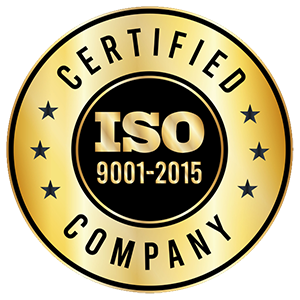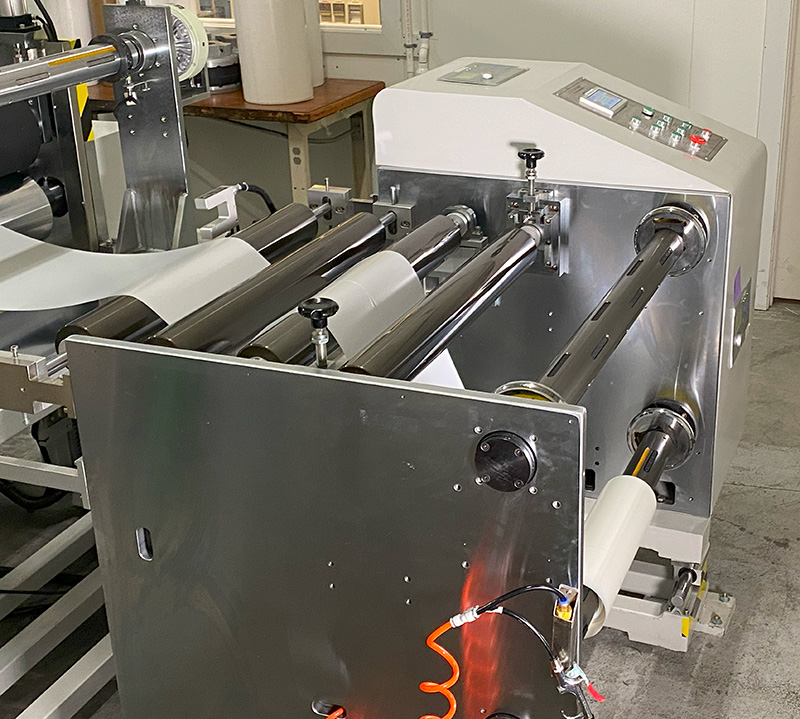In recent years, the quest for sustainable packaging solutions has gained significant momentum as the global community recognizes the environmental impact of traditional packaging materials. Cutting-edge technologies play a pivotal role in developing eco-friendly alternatives to current packaging. Roll-to-roll (R2R) pilot scale coating has emerged as a transformative method, offering efficiency and scalability in the production of sustainable packaging materials. This article delves into the world of R2R pilot scale coating, exploring its principles, applications, and the role it plays in the development of environmentally responsible packaging materials.
Understanding Roll-to-Roll Pilot Scale Coating
Roll-to-roll coating is a continuous process that involves the application of thin layers of material onto a flexible substrate. The substrate (base) material, usually in the form of a roll, unwinds, passes through a coating station where the coating material is applied, and is then rewound onto another roll. This method enables the mass production of uniformly coated materials, making it an ideal choice for various industries, including packaging, efficiently and in a cost effective manner.
The pilot scale aspect of R2R coating refers to its application in smaller-scale production settings, allowing for experimentation and optimization of coating processes before full-scale production implementation. This iterative approach is crucial for the development of sustainable packaging materials, where the fine-tuning of formulations and processes is often necessary.
Four Advantages of R2R Coating in Sustainable Packaging
- Material Efficiency: R2R coating minimizes material wastage by precisely controlling the application of coatings. This is particularly important when dealing with novel and sometimes expensive sustainable materials.
- Flexibility in Substrate Choice: R2R coating can be applied to a variety of substrates, including paper, plastic films, and even biodegradable materials. This flexibility enables the exploration of different sustainable options.
- Scalability: The pilot scale nature of R2R allows for the seamless transition from laboratory-scale experiments to larger-scale production. This scalability is vital for the commercial viability of sustainable packaging solutions.
- High Throughput: The continuous nature of R2R coating ensures high production speeds, contributing to increased efficiency in the manufacturing process. This is especially advantageous for meeting the growing demand for sustainable packaging.
Applications of R2R Pilot Scale Coating in Sustainable Packaging
- Biodegradable Films: R2R coating facilitates the application of thin layers of biodegradable polymers onto flexible substrates, creating films that can replace traditional plastic packaging. These films are designed to break down naturally, reducing environmental impact.
- Barrier Coatings: Sustainable packaging often requires barrier coatings to protect contents from moisture, oxygen, and other external factors. Roll-to-roll coating allows for the precise application of these barrier materials, enhancing the shelf life of packaged goods.
- Recyclable Packaging: By using R2R coating to apply coatings made from recyclable materials onto substrates, packaging manufacturers can contribute to the circular economy. This ensures that materials can be reused and reduces the overall environmental footprint.
- Functional Coatings: Roll to Roll coating enables the incorporation of functional elements into packaging materials. For instance, antimicrobial coatings can be applied to enhance the hygiene and longevity of packaged products, reducing the need for excessive preservatives.
Roll-to-Roll Coating Challenges and Future Directions
While R2R pilot scale coating holds immense promise for sustainable packaging, challenges persist. Some of these include:
- The need for further research into novel sustainable materials
- The optimization of coating processes for specific applications
- Ensuring the cost-effectiveness of these technologies.
The future of R2R coating in sustainable packaging lies in continued collaboration between researchers, manufacturers, and regulatory bodies. Innovations in material science, coupled with advancements in roll coating technologies, are poised to revolutionize the packaging industry. Moreover, ongoing efforts to standardize sustainable packaging practices will ensure widespread adoption and create a more environmentally conscious marketplace.
Conclusion
Roll-to-roll pilot scale coating stands at the forefront of sustainable packaging innovation. Its ability to efficiently apply coatings to flexible substrates, coupled with the iterative nature of pilot-scale production, makes it a cornerstone in the development of eco-friendly packaging materials. As consumer awareness grows and environmental considerations become integral to business practices, the role of R2R coating in sustainable packaging is set to expand, driving positive change in the packaging industry and contributing to a more sustainable future.
National Polymer is experienced is applying roll-to-roll technologies to sustainable, environmentally friendly production applications. Reach out to us via this contact form to be connected with one of our roll coating experts to discuss you needs!



